Ever dreamed of living off-the-grid in a mountain hut? Do you have a soft spot for rare native birds? Read on to discover 10 insights gained by Crystal Brindle, a field ranger who spent the summer living in the remote mountains of New Zealand’s largest national park and the voice and photographer behind In Pursuit of the Wild.
If you’ve spent a decent amount of time above treeline in the mountains of the South Island of New Zealand you might be familiar with the rock wren.
Otherwise, you likely have no idea what these little guys are. No worries.
The rock wren is a small bird that is found nowhere else except New Zealand. And not only is it limited to New Zealand, but specifically the South Island. And even then you won’t find them just anywhere.
Rock wren only live above where the trees stop: in rough and seemingly inhospitable alpine landscapes of boulders, scrub, cliffs, and snow.
They are also very endangered.
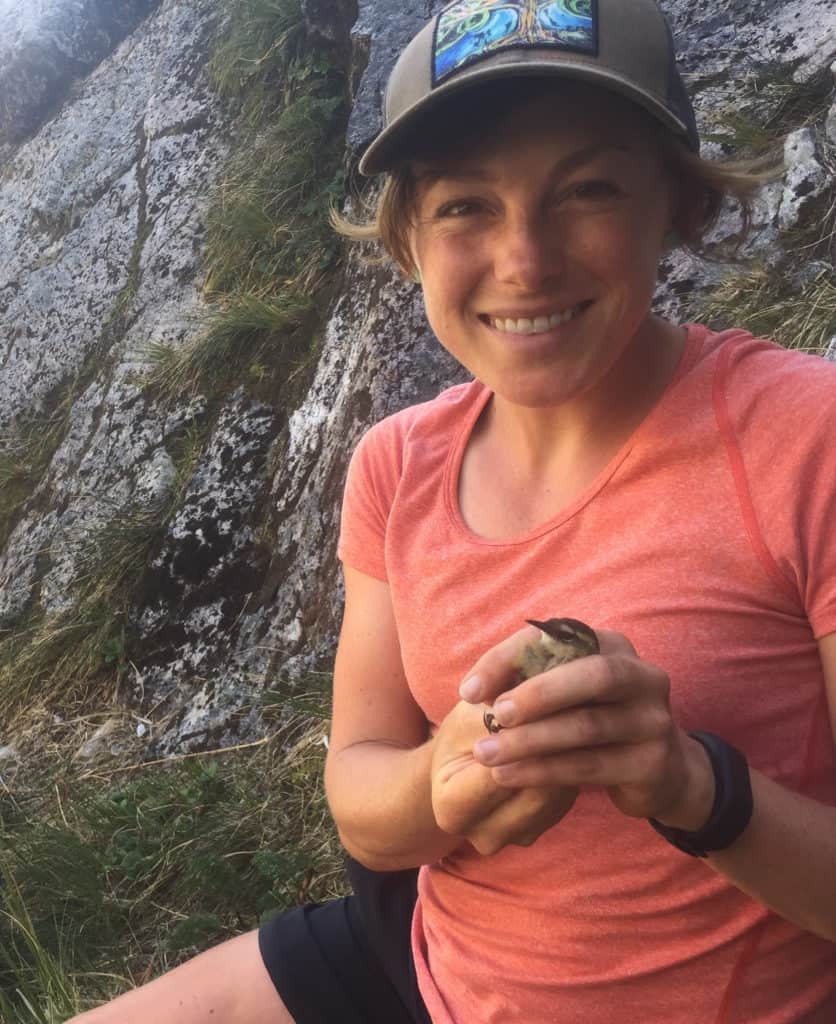
Because of their solid affinity for the high country, the rock wren is New Zealand’s only true alpine bird.
Yes, there are other iconic birds of the mountains, including the kea, but even the kea uses the forest for habitat whereas the rock wren spends its entire life-cycle above treeline, never venturing down into the shelter of the forest, not even in winter.
So, what’s so special about these little birds and the places they live? And, what did I learn spending a summer living in the mountains to get to know them?
I spent this past summer living high in the wild mountains of Fiordland living in a remote hut working as a ranger for the Department of Conservation monitoring rock wren. Away from the hustle and bustle of every day life, and often only with these little creatures for company, I had nothing but time for reflection and profound life lessons.
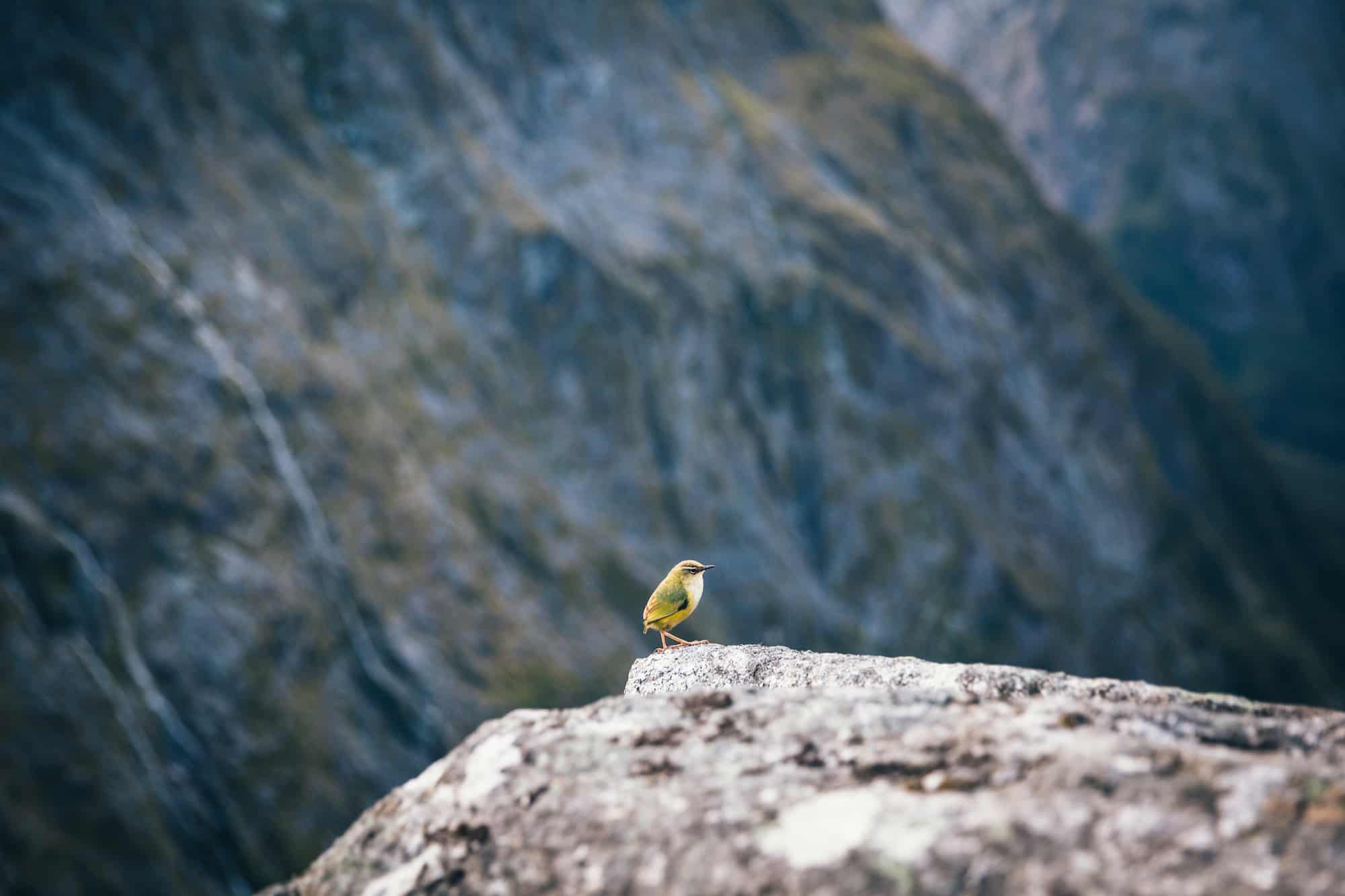
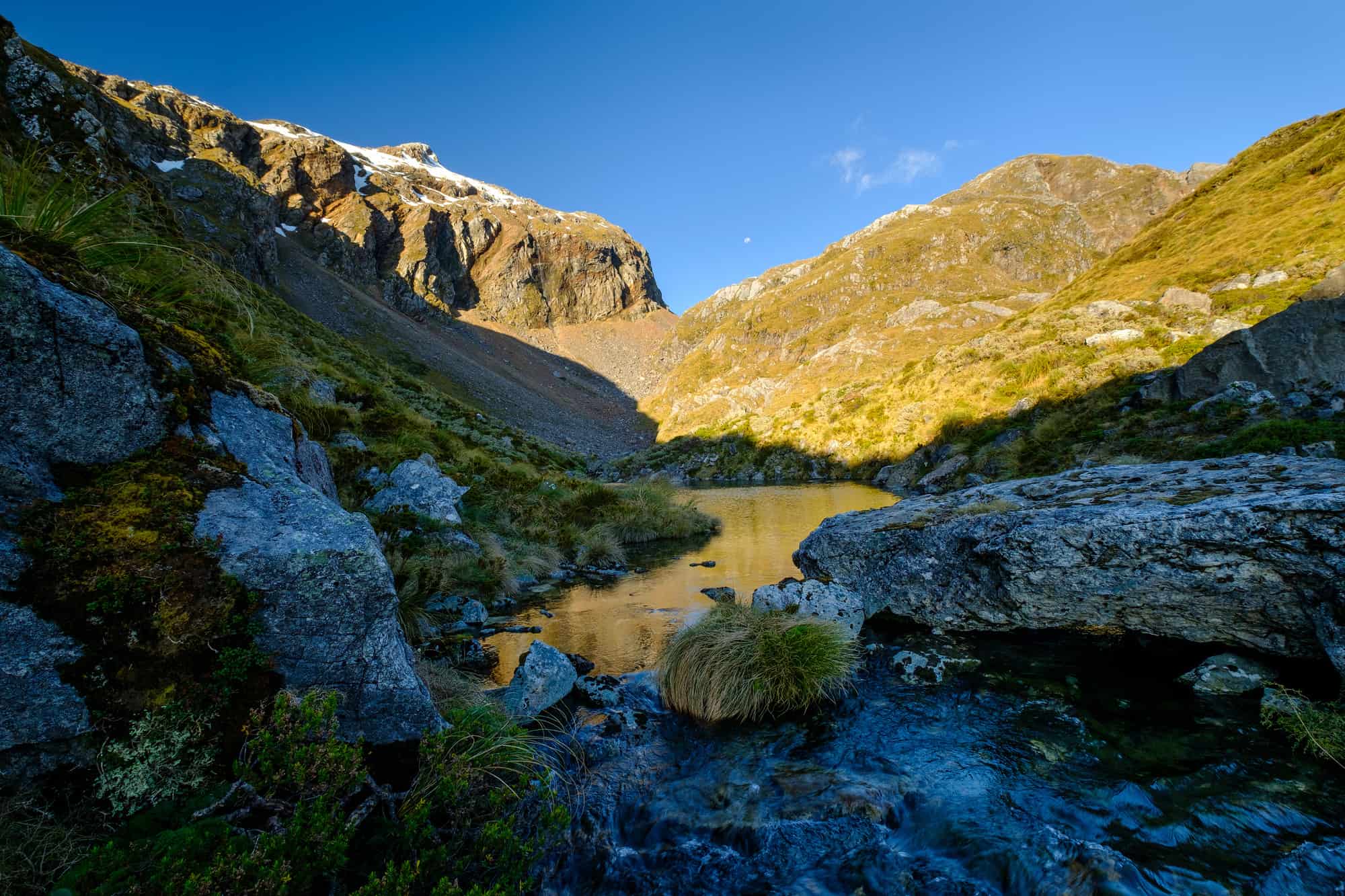
1. Life in a harsh landscape is ruled by balance
When you live in the mountains you can’t help but adapt to the rhythm of life driven by sunrise, sunset, and of course, the weather.
There’s nothing to distract you, nothing to insulate you from the real and immediate drivers of life processes. The yin and yang of rest and effort, sun and storm feeds an underlying current of balance in the natural world.
I was swept up in this balance and found that my activities were governed by the same forces as every other living thing. When the weather was fine, I went hard with the sun through long work hours spent climbing hills to take advantage of summer daylight.
Rock wren were busy feeding all day to make the most of the abundant insects and warm temperatures. Flowers opened to attract all the pollinators they could.
When wet days finally came it seemed as though everything took a deep breath.
Overworked streams were refreshed with new water, and rock wren traveled out from their nests only when they had to and conserved energy where they could. Leaves collected water like drinking glasses. My research partner and I worked shorter days outside and had more time to rest under shelter.
If the balance was exceeded in either direction, it was noticed.
Too much dry weather would create a mountain of data entry work to catch up on, the water tank ran dry, and pools appeared stagnant and murky.
While on the flip side, too much cold and moisture, especially snow (even in summer) would trap us in the hut, with the strong worry that if it persisted, the rock wren nests could fail.
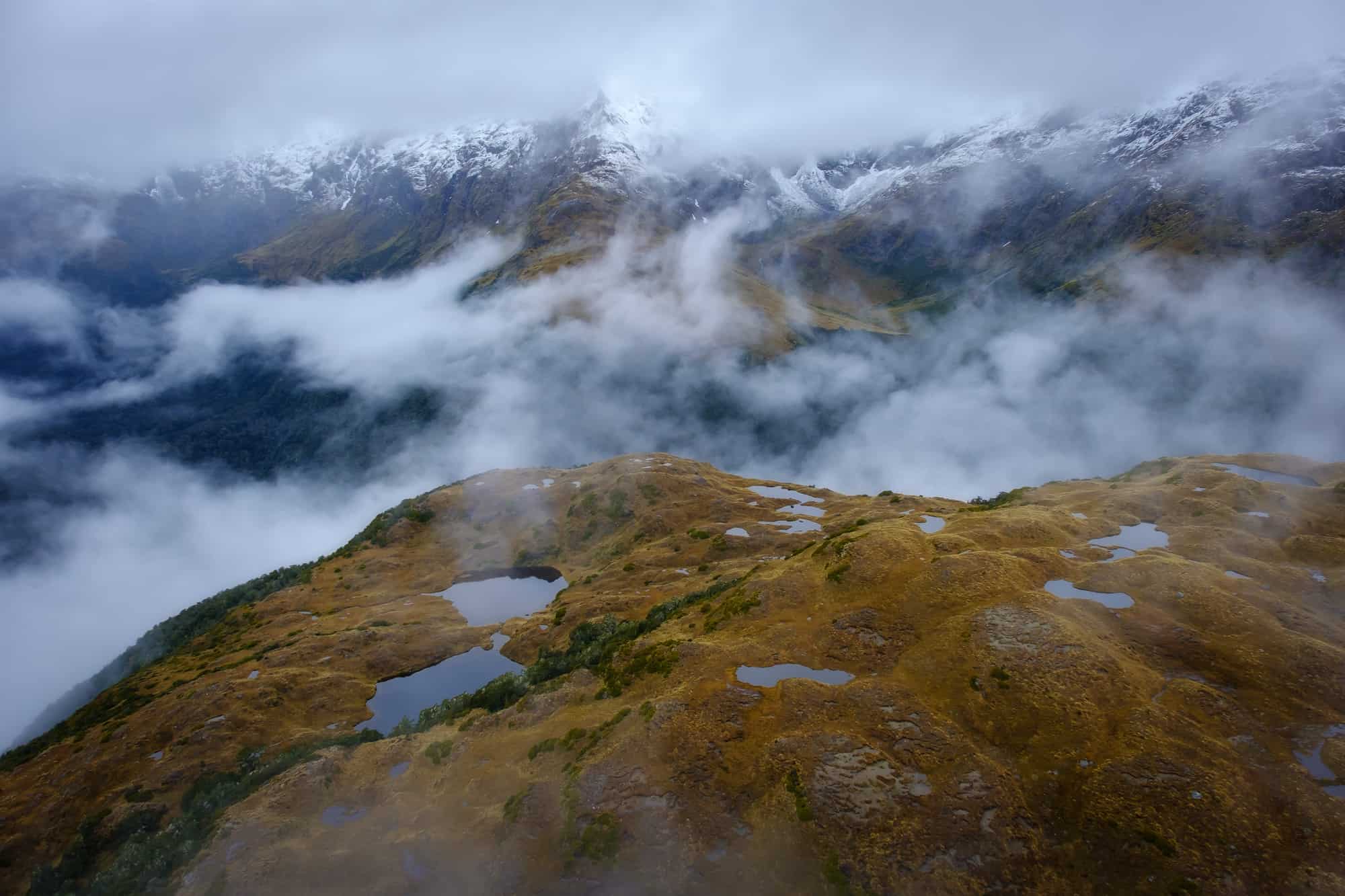
2. The best way to find a rock wren nest is with a handful of feathers
It’s true. The best way to find a rock wren’s nest, once the bird is spotted, is to offer it some feathers.
This is because when rock wren build their nests in early spring, they’re after soft, plush material to line the inside and keep the eggs and later chicks toasty warm. Feathers are their favorite lining to use and they gather them up anywhere they can find them and bring them back to the nest.
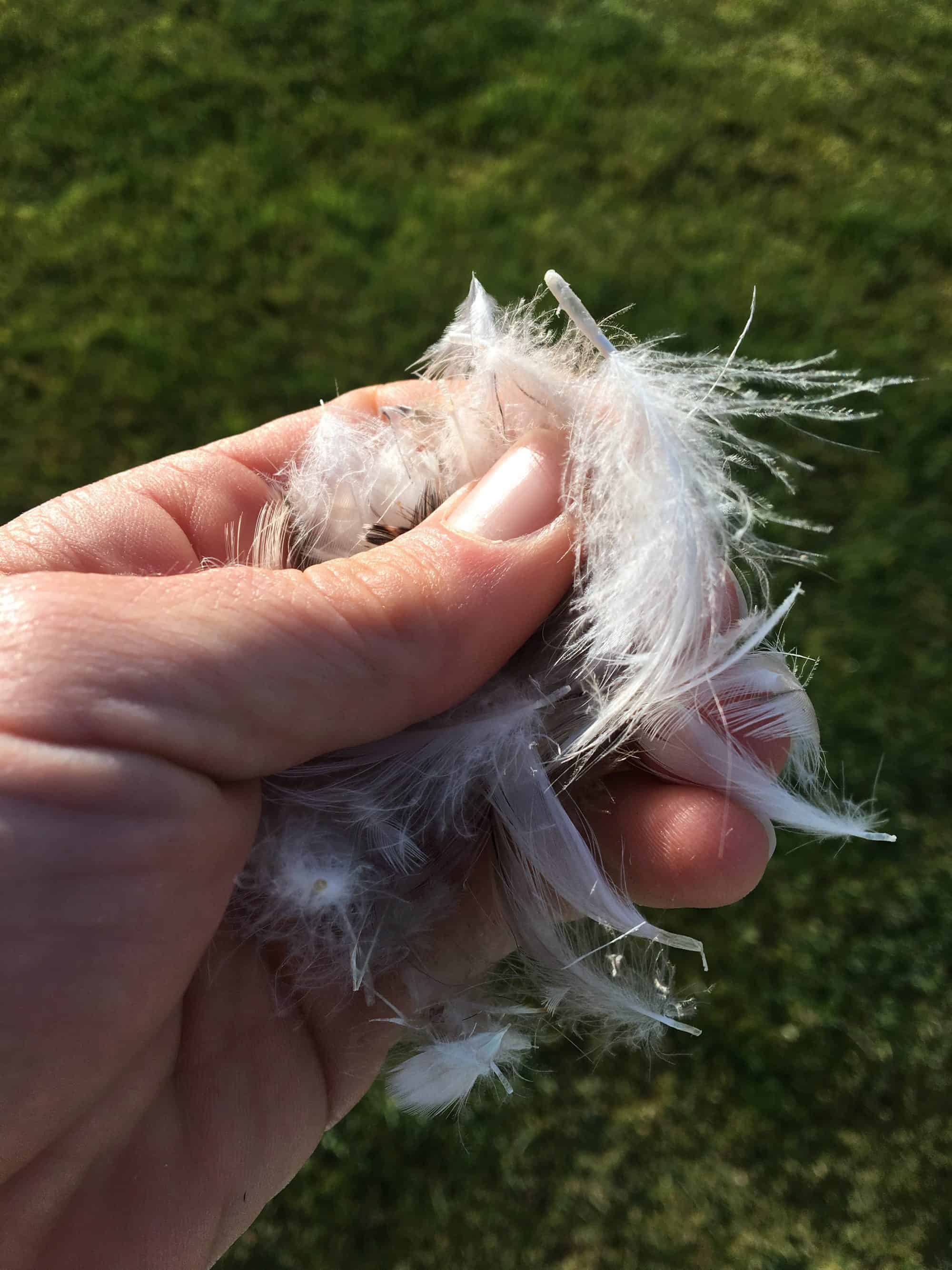
Finding a rock wren’s nest is the first step to figuring out what it is up to and to monitor these endangered species.
Is it in the early stages of nest building, are there eggs in the nest, are there chicks, or have they fledged? Once we find a nest we can go back to it day in and day out and check up on the birds to see how they’re doing. This is important to determine whether or not the adult birds are successful in breeding or if they fail to figure out why.
So, if you want to know where a bird’s nest is, presenting it with a feather or two will often help you locate the nest.
Once the feathers are in the bird’s beak, it usually stops what it’s doing and heads straight for home.
You’ll be surprised how far they can travel. Many times I watched a rock wren become a tiny speck through my binoculars as it hopped away and flew back to its nest, white fluffy feathers held high in its tiny beak, easy to spot amid the boulders.
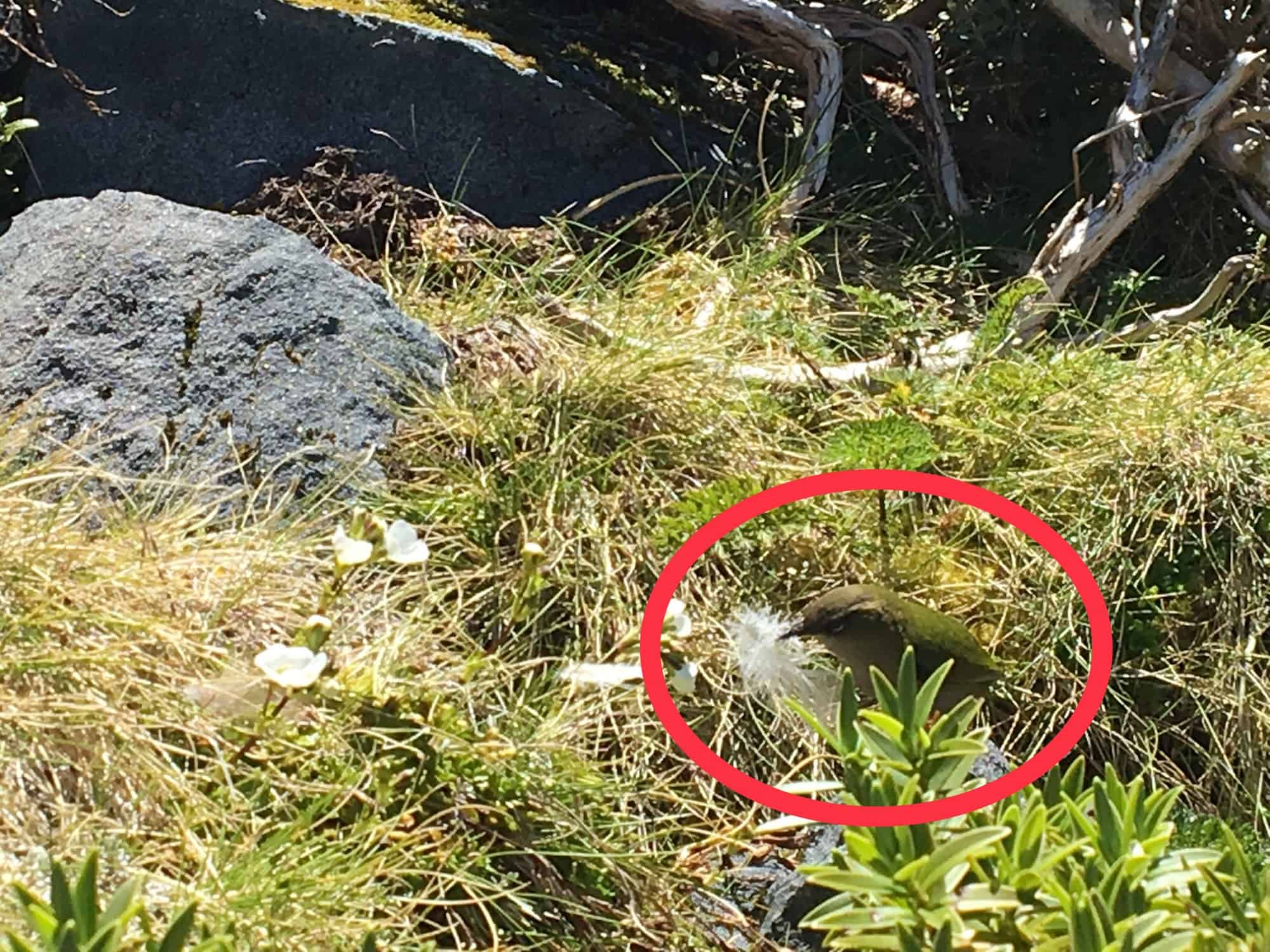
3. Living in a backcountry hut has its ups and downs
For those of you unfamiliar with our incredible backcountry hut system in New Zealand, there is a vast network of almost 1000 huts that offer shelter and a place to stay while out hiking or exploring the vast national parks here. Most are fairly basic with bunks with mats, a long drop toilet outside and maybe a fire inside. You bring in everything you need and take it out with you.
Ah, the simple life. Living in a standard 12-bunk DOC hut for an entire season is an interesting and memorable experience to say the least, and our hut was a far cry from the lush huts available on the Milford Track.
I loved stepping out of the door and into a world-class landscape day in and day out.
The twisted and lichen-hung silver beech forest that crept in on three sides, the expansive view of tussock-clad hills through the window, and the lake only a minute’s walk downhill were all special highlights of calling Lake Roe Hut home for the summer.
Lake Roe hut is located deep in Fiordland on the notorious Dusky Track, often lauded as New Zealand’s most difficult tramps, though luckily since we were working we flew in by helicopter with all the gear.
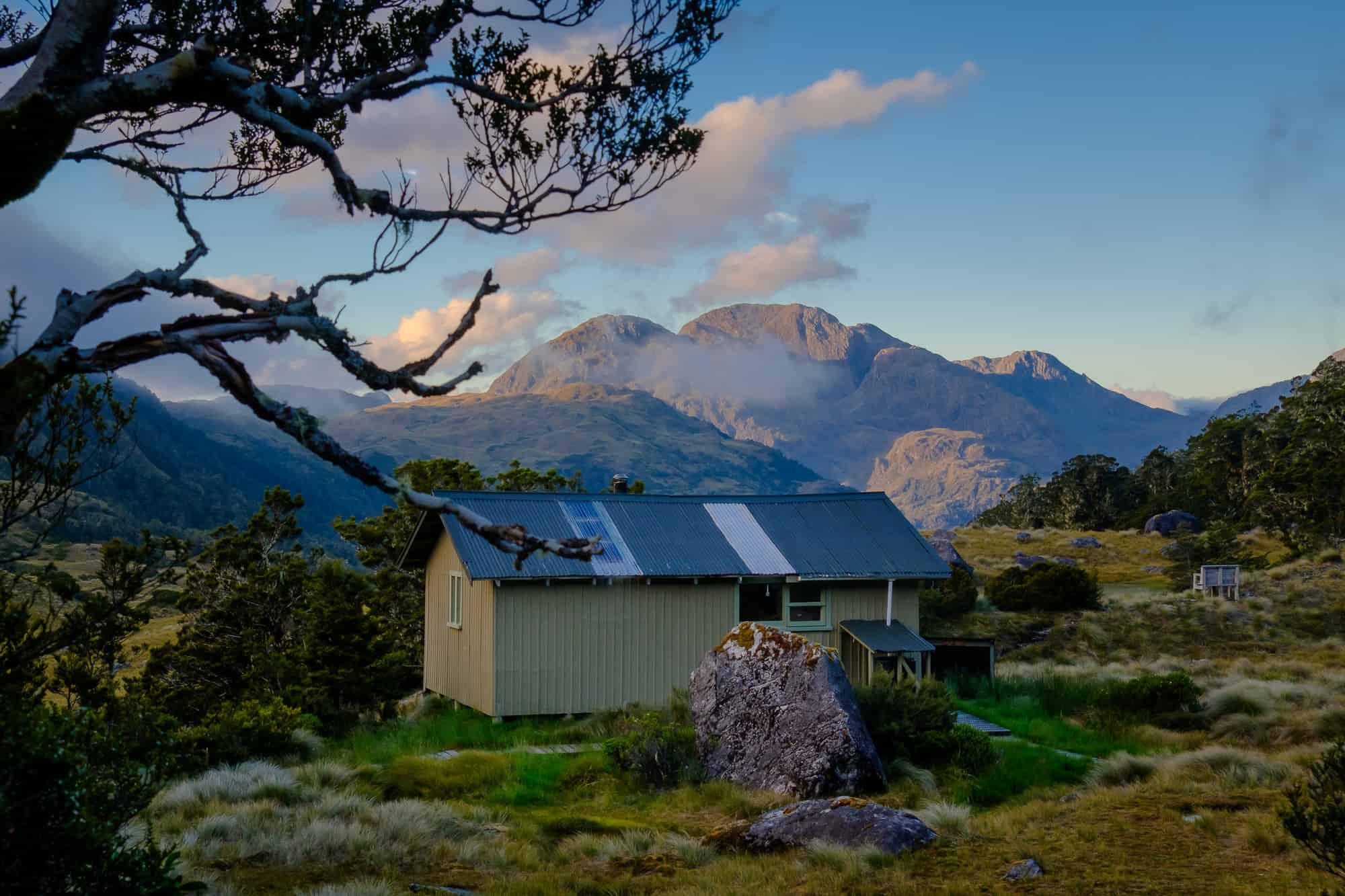
But, of course, there were challenges equal to the rewards of living in this remote place. Living for 10 days out of every 14 in the same hut means that you really can’t help but accumulate a lot of stuff.
When my coworker and I had the place to ourselves we lavishly spread out in comfort – taking over the bench, the only table, a corner in each bunk platform. However, as Lake Roe Hut is open to the public we sometimes found ourselves tight on space, attempting to cook and work around a hut full of people.
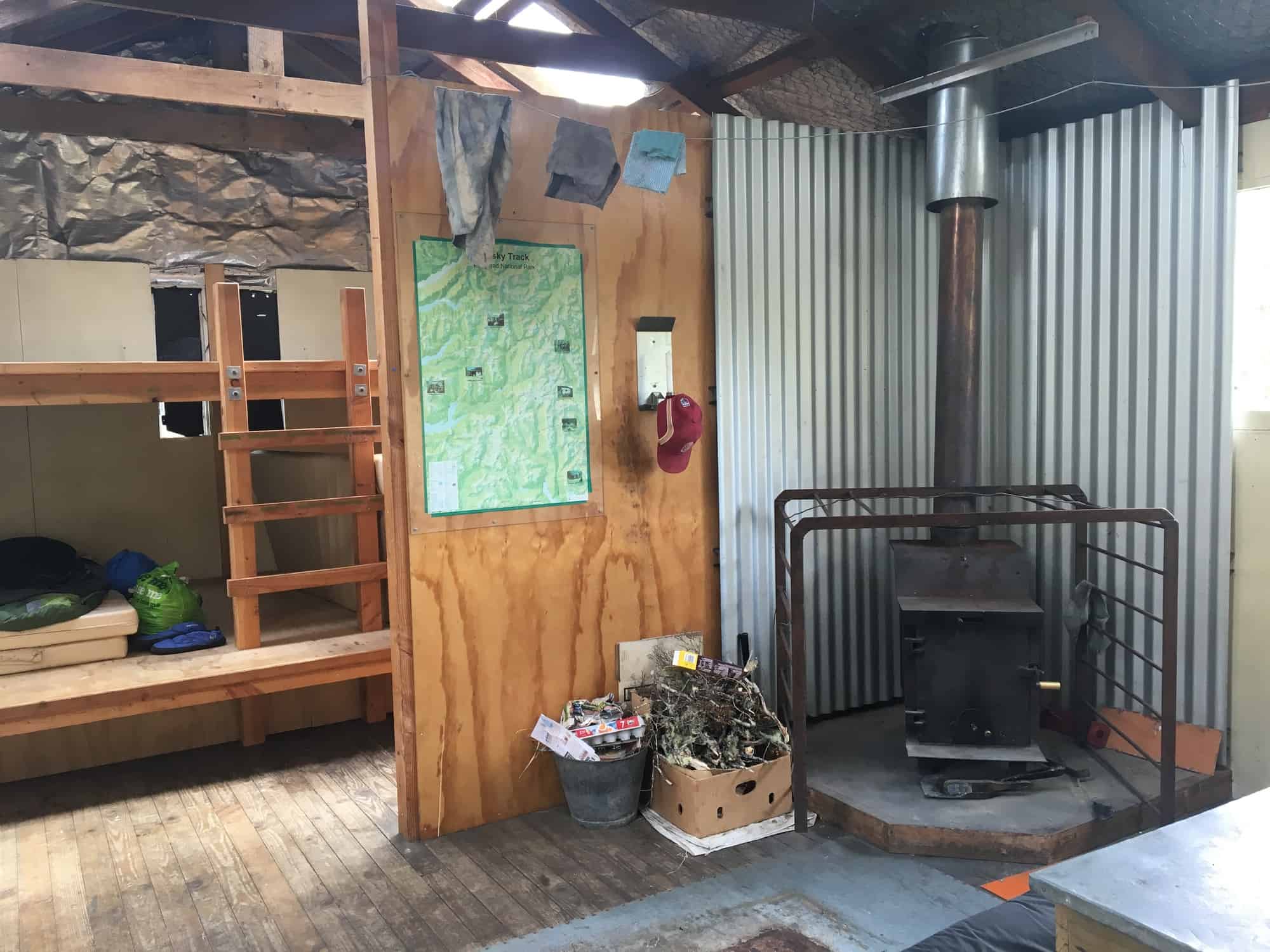
At the worst of times one could be doing the dishes in lukewarm pond scum filled water (yuk) while swatting biting sandflies, or running to the long-drop toilet in the dark and pouring rain, or taping up an inch-wide crack in the wall to avoid seeing a mouse run back and forth beside one’s head when trying to fall asleep.
But, overall, these inconveniences and headaches were small compared to the overwhelming awesomeness of actually living a primitive life in the mountains.
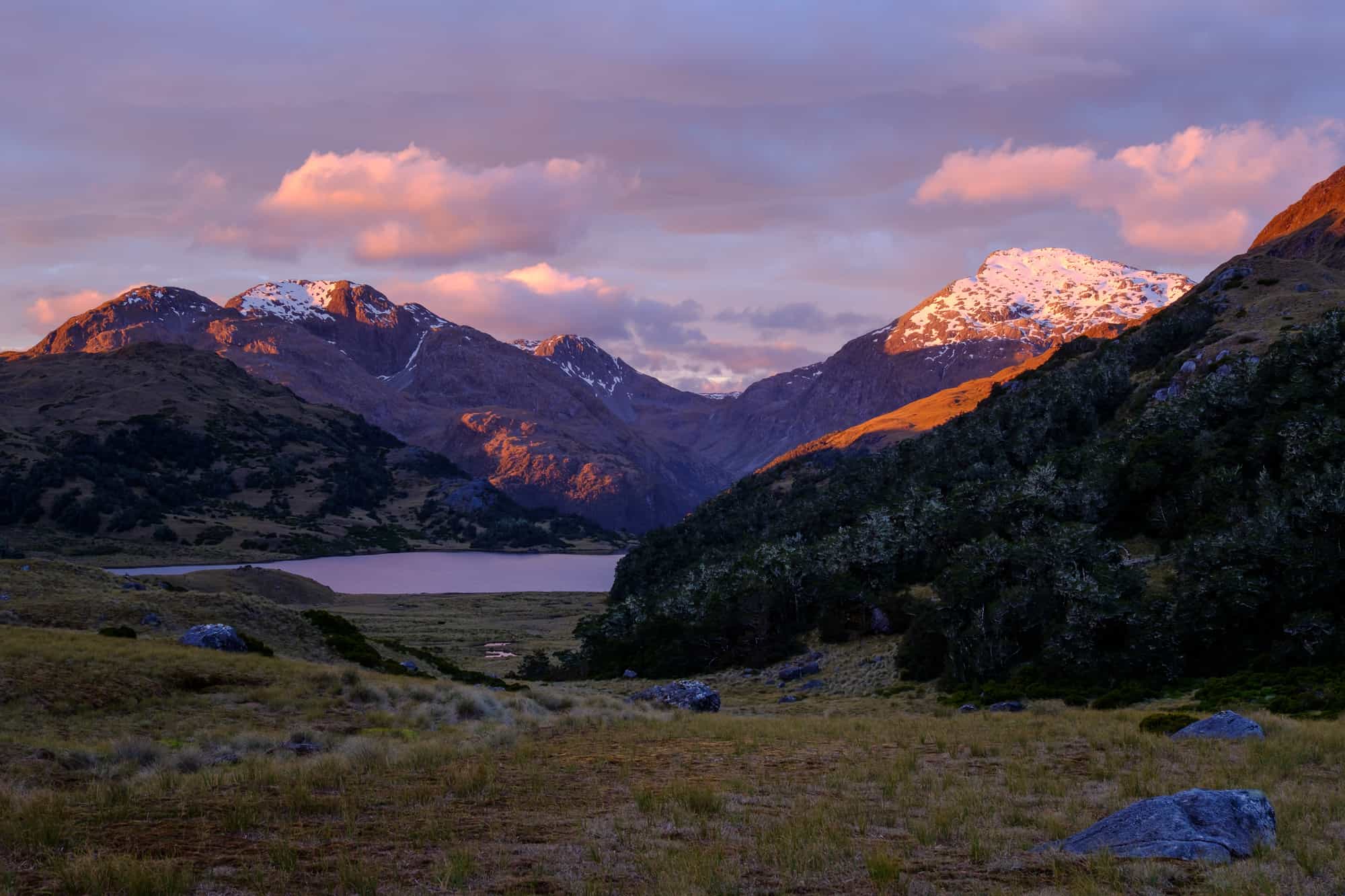
4. Rock wren are tenacious, capable, and well-suited to living in their challenging habitat
The rock wren is tough.
Simple as that. Like a miniature mountaineer it hops and flies up nearly vertical rock faces bringing food, feathers, tussock, or lichen to and from the nest no matter what the weather throws at it. How does it do it?! The 10 cm long bird weighs only 15 – 20 grams and yet inhabits a mountain landscape that is huge on any scale.
After a summer of getting to know these birds, observing them daily, and living where they live I can attest to the unexpected strength of such a tiny bird and its integration into the special ecosystem of alpine Fiordland.
However, rock wren now face new challenges that can throw them off-balance.
A recent decline of rock wren has been recognized and the species’ conservation status officially changed from vulnerable to endangered in 2016.
It’s been suggested that introduced predators are responsible for the decline as stoats and mice have been caught preying on eggs and nestlings. The data I collected this summer was for research investigating the link between predator control and breeding success of the rock wren.
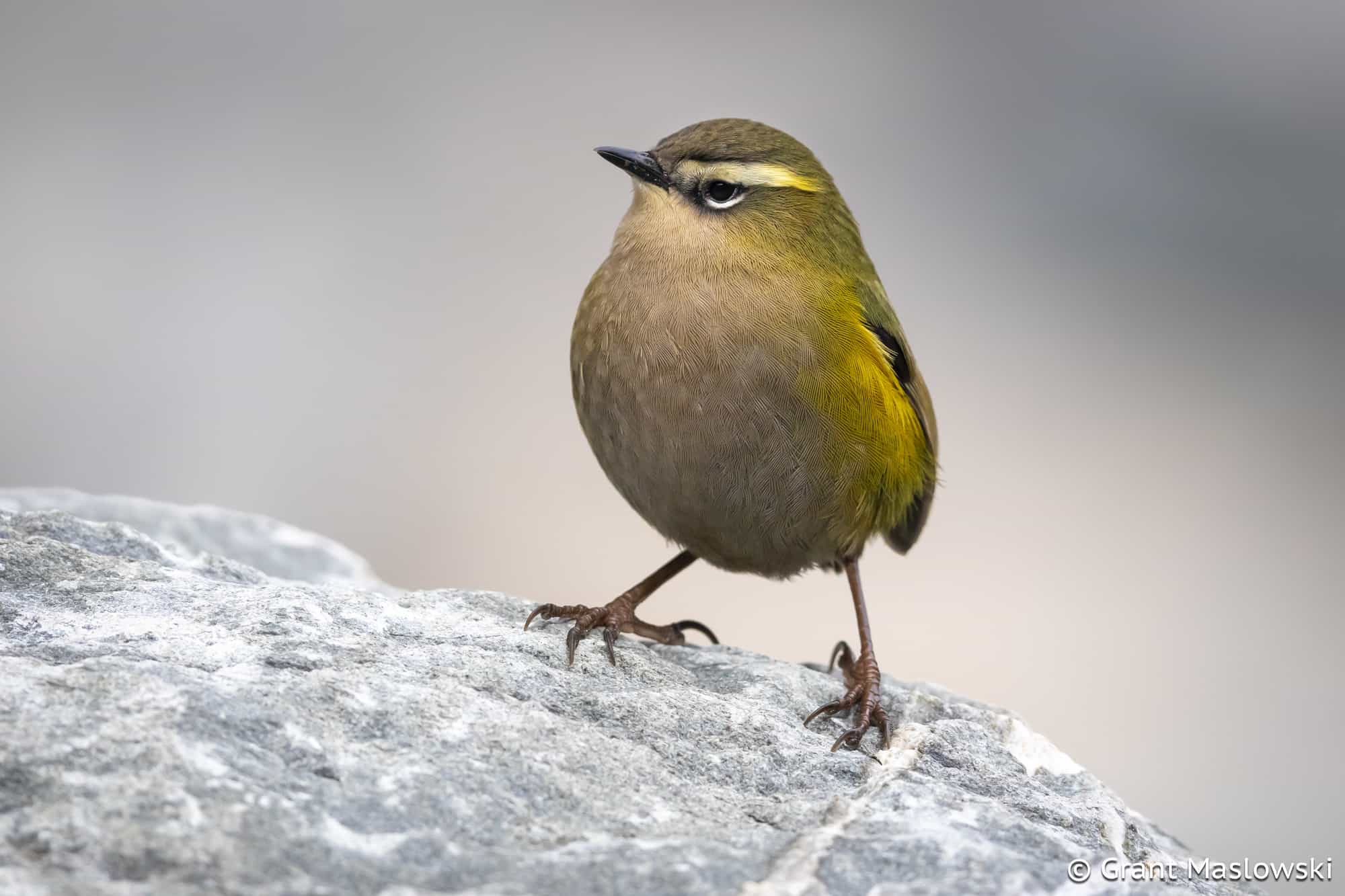
5. Rock wren don’t live in easy places to reach
Rock wren like to live in places that are difficult for humans to access.
The same head-high thick scrub, car-sized boulders and hidden holes that make travel through rock wren habitat so difficult for a person, make it ideal for the birds. If you want to find them you have to spend your time here – sometimes crawling or often falling through the intricate landscape of the alpine kiwi wilderness.
And they certainly don’t make any tracks for us, we just have to figure out how to get there.
Over the course of the summer, I traveled across all manner of difficult terrain from jagged boulderfields to slippery tussock and thick scrub (dense vegetation that holds a lovely reputation among trampers across New Zealand for its ease to move through *sarcasm, pure sarcasm).
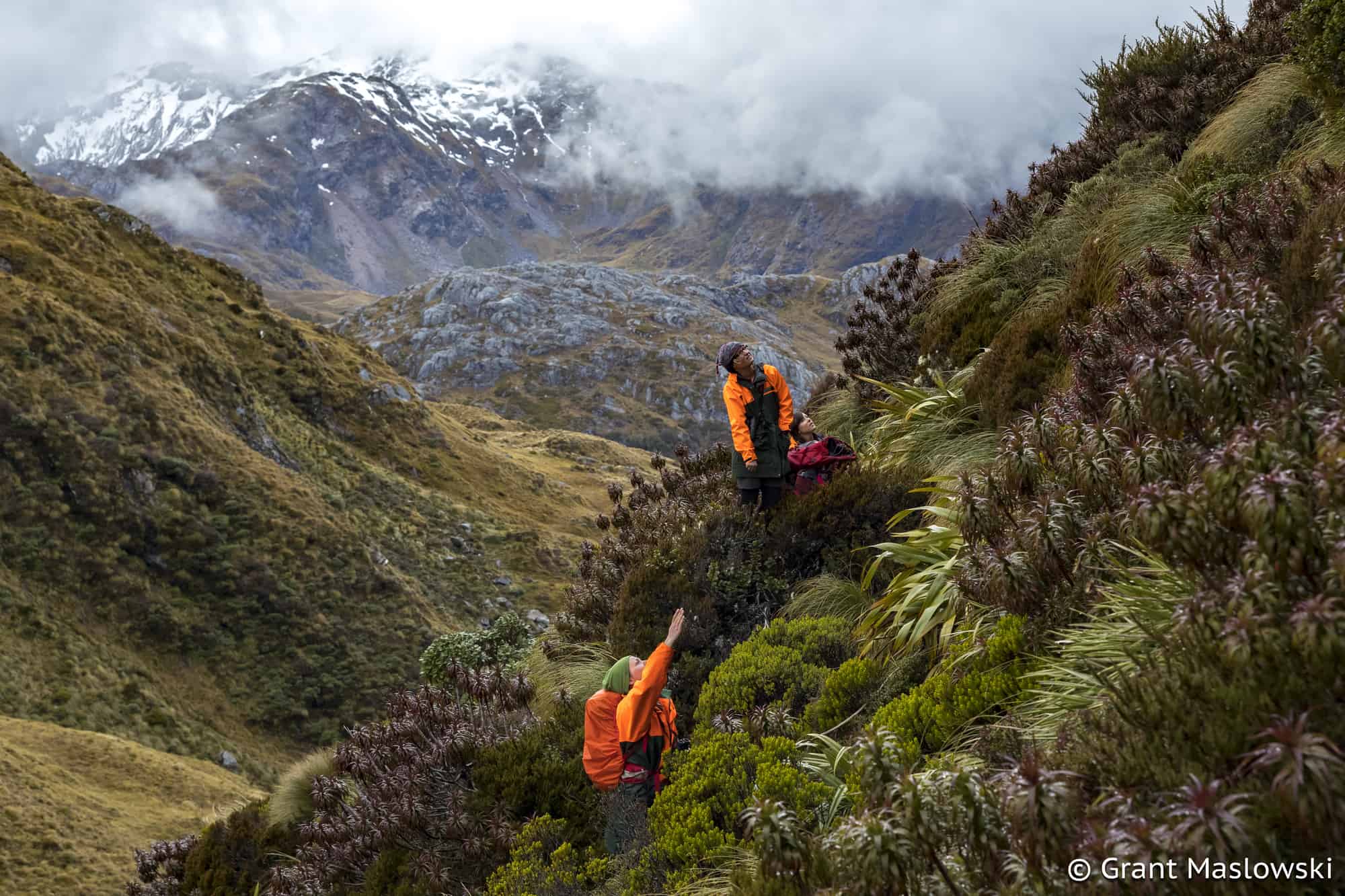
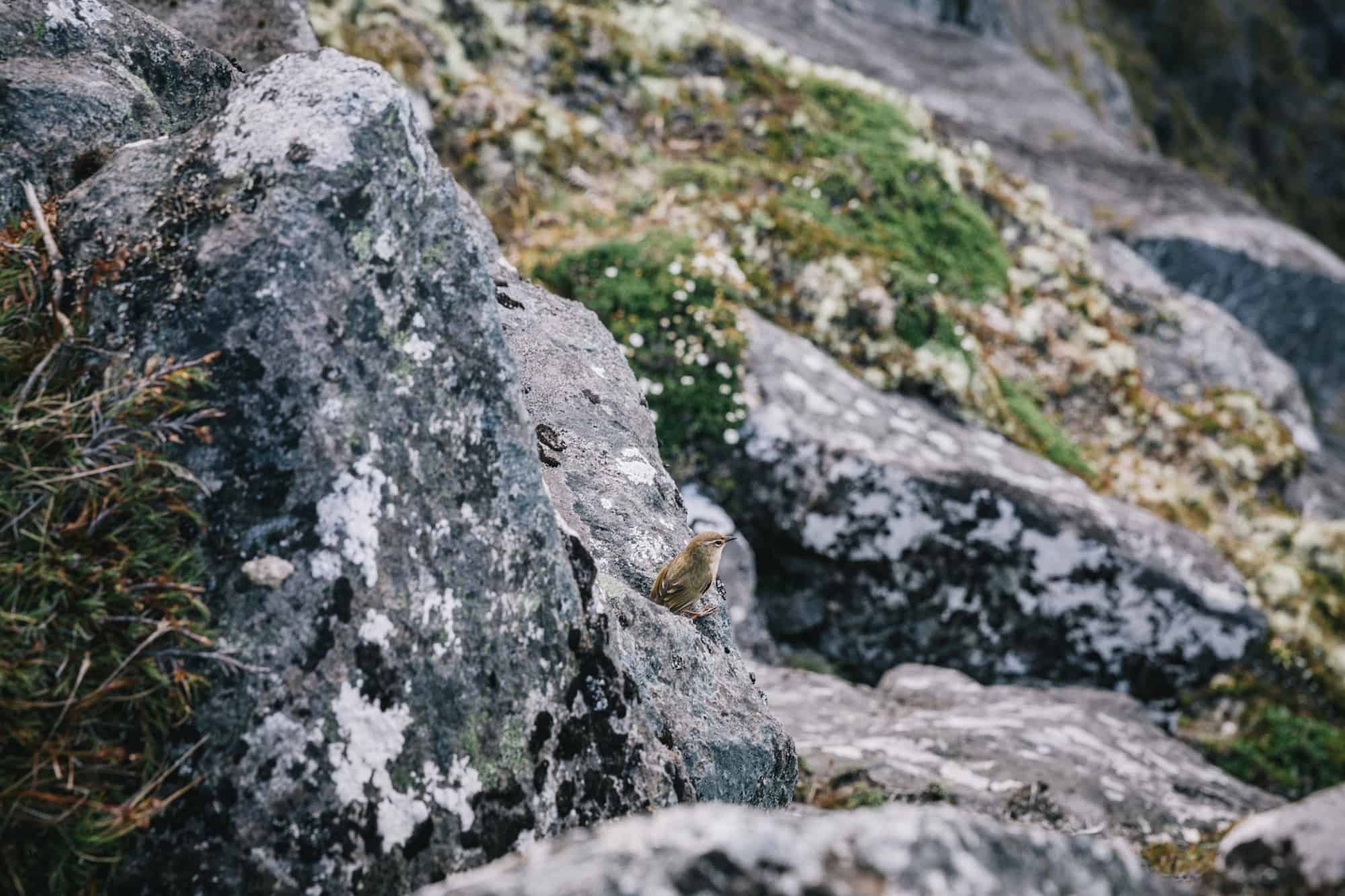
Its dense, tangled, and matted form poses a barrier that must be pushed through to access rock wren nests time and time again shredding your clothing and testing the patience of even the hardiest individuals.
But the thing is, the little guys love this stuff!
Scrub provides shelter and food while boulders and steep bluffs provide perfect shelves and cracks for nest-building. If it’s rock wren you’re after, moving through this landscape is just part of the job.
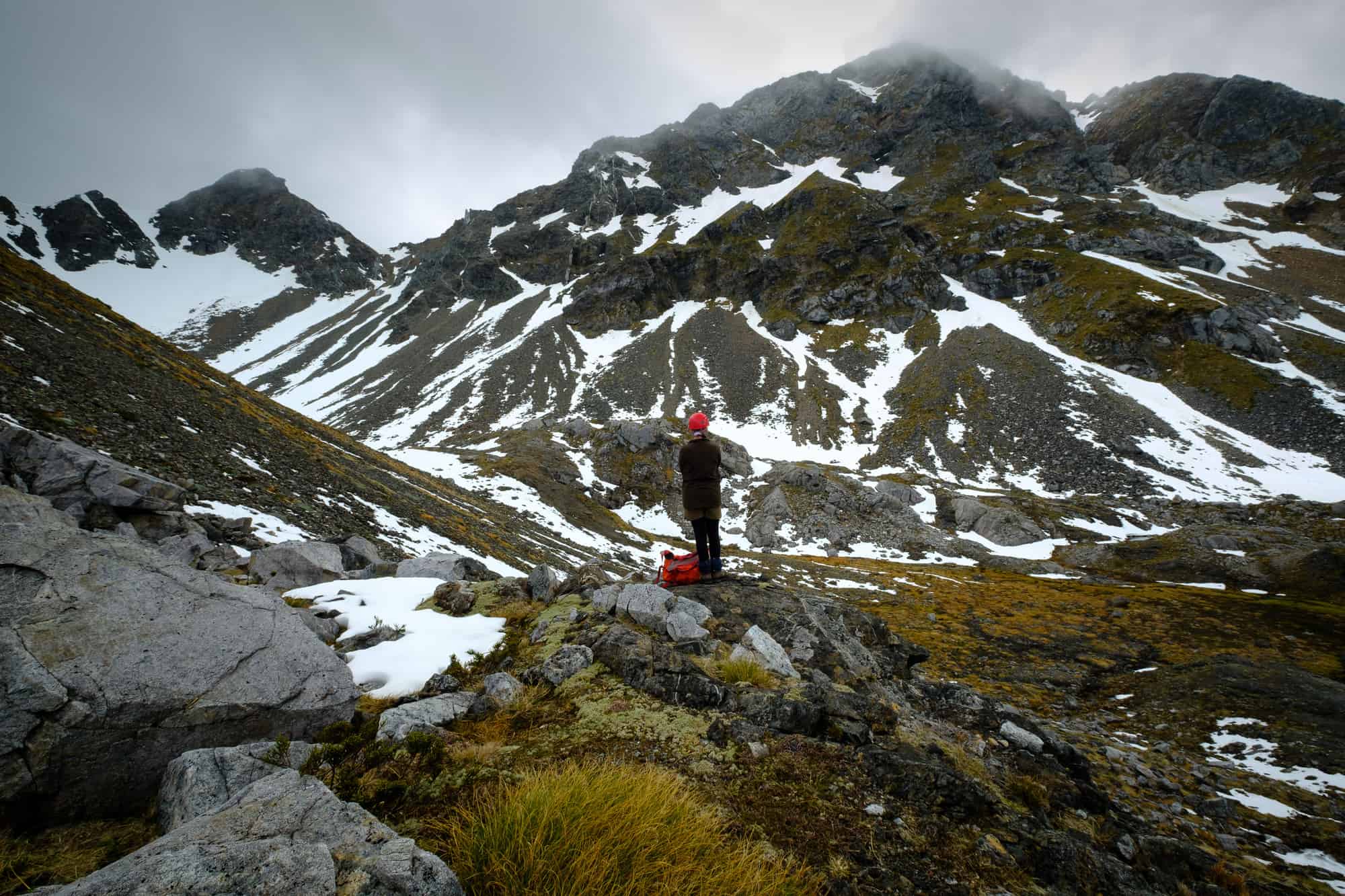
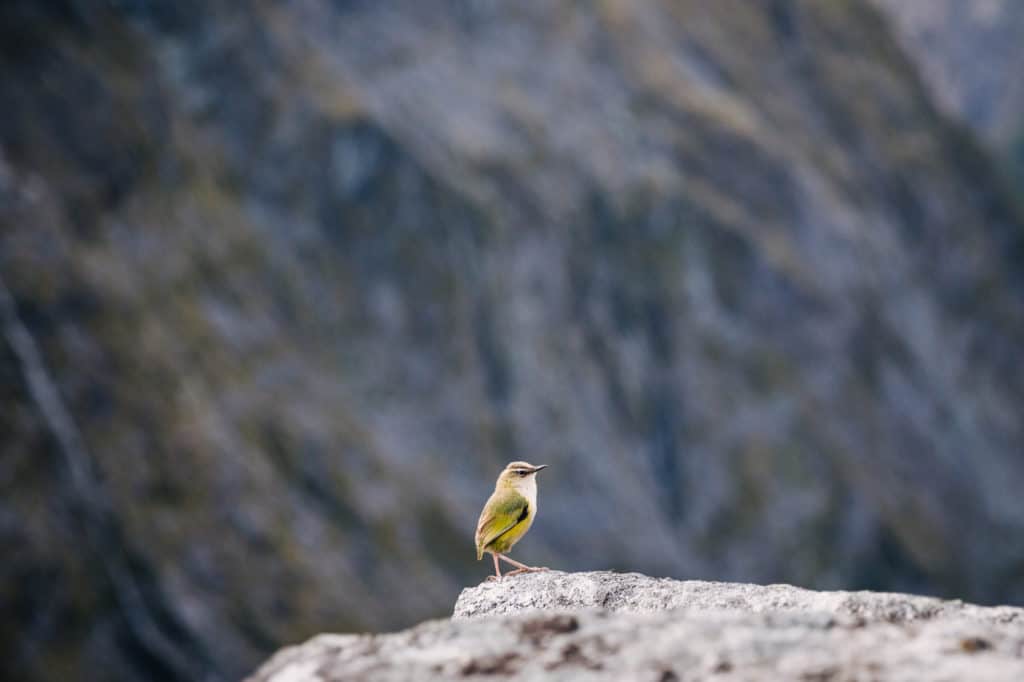
6. The best water in the world is found in Fiordland
The Fiordland landscape is made from and made of water.
Fiordland is damp and defined by water – receiving more than 7 meters of rain a year with an average of 200 days of rain annually, it makes it one of the wettest places in the world. And here the water is pure and clean.
From thirst-quenching crisp streams to endless pools to choose from for a swim, Lake Roe and its surrounding terrain is defined by water more than any other element.
I relished the refreshment of lying on my stomach, eye level with a stream, and sticking my face in the water for a long, cool drink on a hot summer’s day. Fresh, clean, straight-from-the-source water is one of my favorite things about being in the mountains of New Zealand. It is a luxury that is easy to indulge in Fiordland.
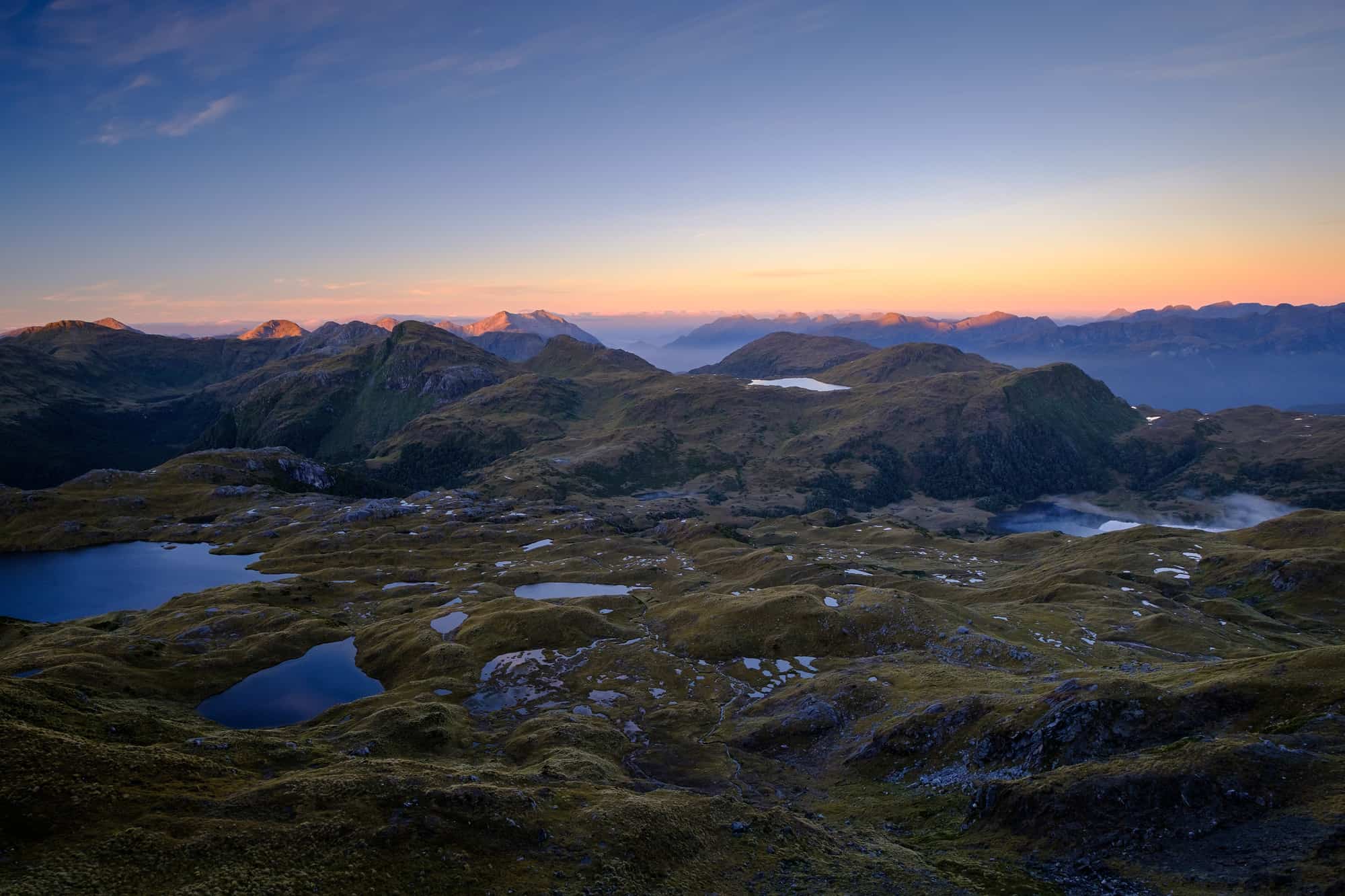
I experienced the primal feeling time and time again of dipping beneath cool water on a hot sunny day under the rocky face of Tamatea Peak: the powerful warmth of sun on my back in contrast to the refreshing water around me.
And at night, floating on my back in the middle of Lake Laffy, letting everything go, I saw cloud lifting from Lake Bright in a tendril toward the moon as kea called from their roosts in the cliffs above.
This experience, much like an immersion in the still, reflective water of the lake after a warm, muddy, hill-climbing run feels like life the way it is supposed to be: simple, visibly present, and engaging.

7. The most incredible alpine flowers can be found where you least expect them
Hidden stream-side native foxgloves, vivacious Mount Cook buttercups growing in spite of gravity on the steepest bluffs, hybrid snow marguerites: an intriguing shade of creamy yellow against a hillside of green can dominate the wild Fiordland landscape.
How do these beautiful plants manage to survive above the treeline in such a harsh environment?
Cut-leaved buttercups defy gravity on the highest peaks in an otherwise rock-dominated landscape, and my personal favorite, the delicate but impressive gentians that bloom in late summer in the high places.
These alpine flower gardens defy expectation and add a welcome splash of beauty to the summer scene and bring simple joy when living up here.
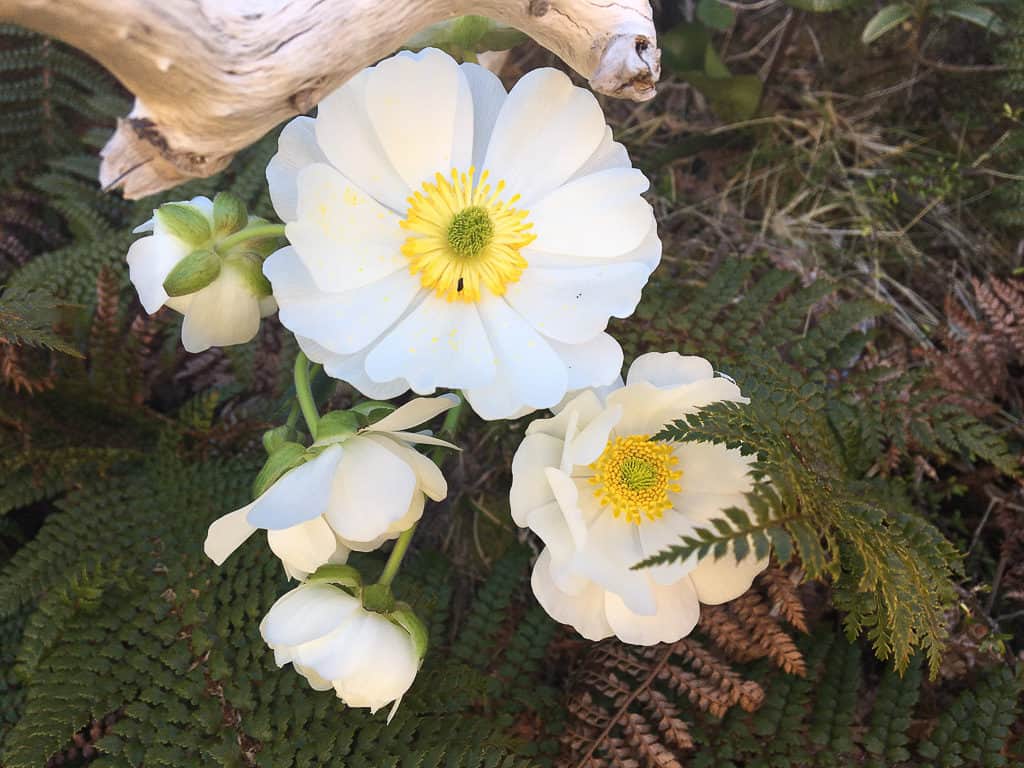
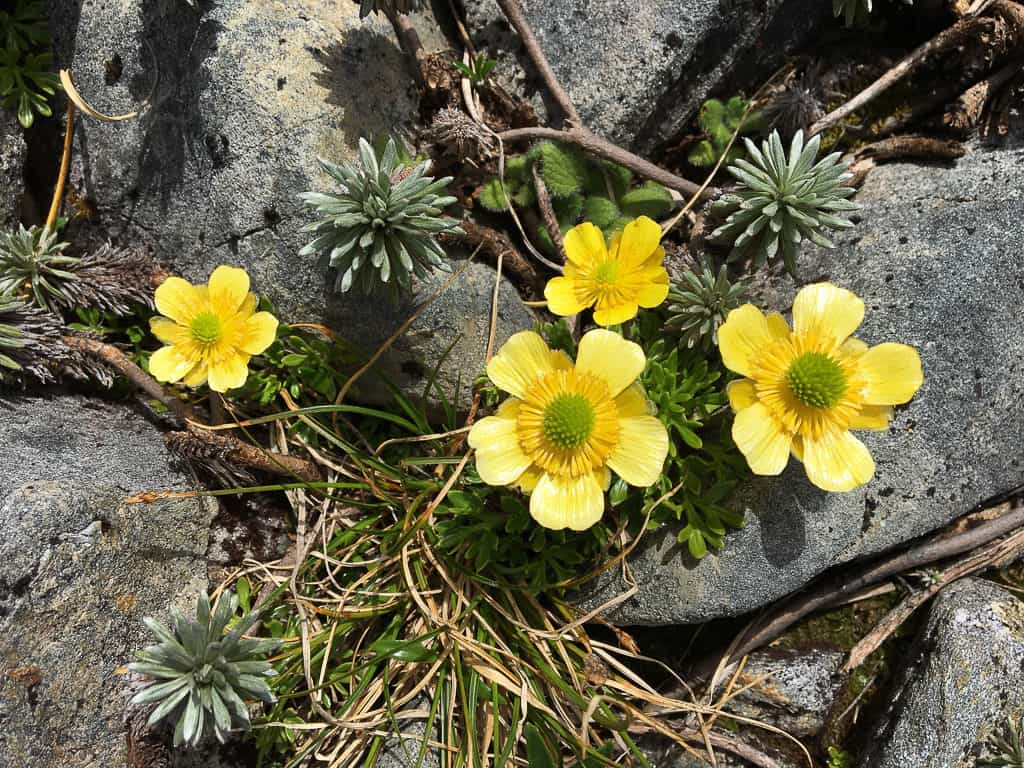
8. Young rock wren might be a little bit ugly before they have feathers but once they’re fledged they’re incredibly adorable!
When embarking on the delicate process of sticking a flexible “Giraffe Cam” inspection camera in a rock wren nest in order to monitor it, my coworker and I discovered that very young rock wren are pink, featherless, and all-around pretty unexpected looking!
Lucky for them, this isn’t how they turn out. The little chicks soon start pinning feathers and by the time they leave the nest they are adorable fluffy fledglings.
So cute!
9. You can expect snow at any time in the Fiordland mountains
I learned this lesson on the very first shift of the season.
A few days of sunshine helped my coworker and I settle into a routine of nest searching that was then quickly shattered by a dump of snowfall. The places we had visited only the day before were now off-limits due to avalanche risk from the snow-laden slopes above the nesting bluffs. The snow continued to fall until it was knee-deep around the hut.
We became effectively stuck inside, unable to travel far in the snow. A jaunt that normally took under 10 minutes to reach Lake Roe now took over 30. It just wasn’t feasible to get any fieldwork done so we scooted within inches of the hut fireplace and entered data into the laptop until we managed to grab a miraculous flight out in the smallest of weather windows.
We were able to leave, but the rock wren had to stick it out and survive. And, surprisingly, they did! We didn’t lose a single nest to this snowfall event, a true testament to the adaptability and hardiness of this small bird.
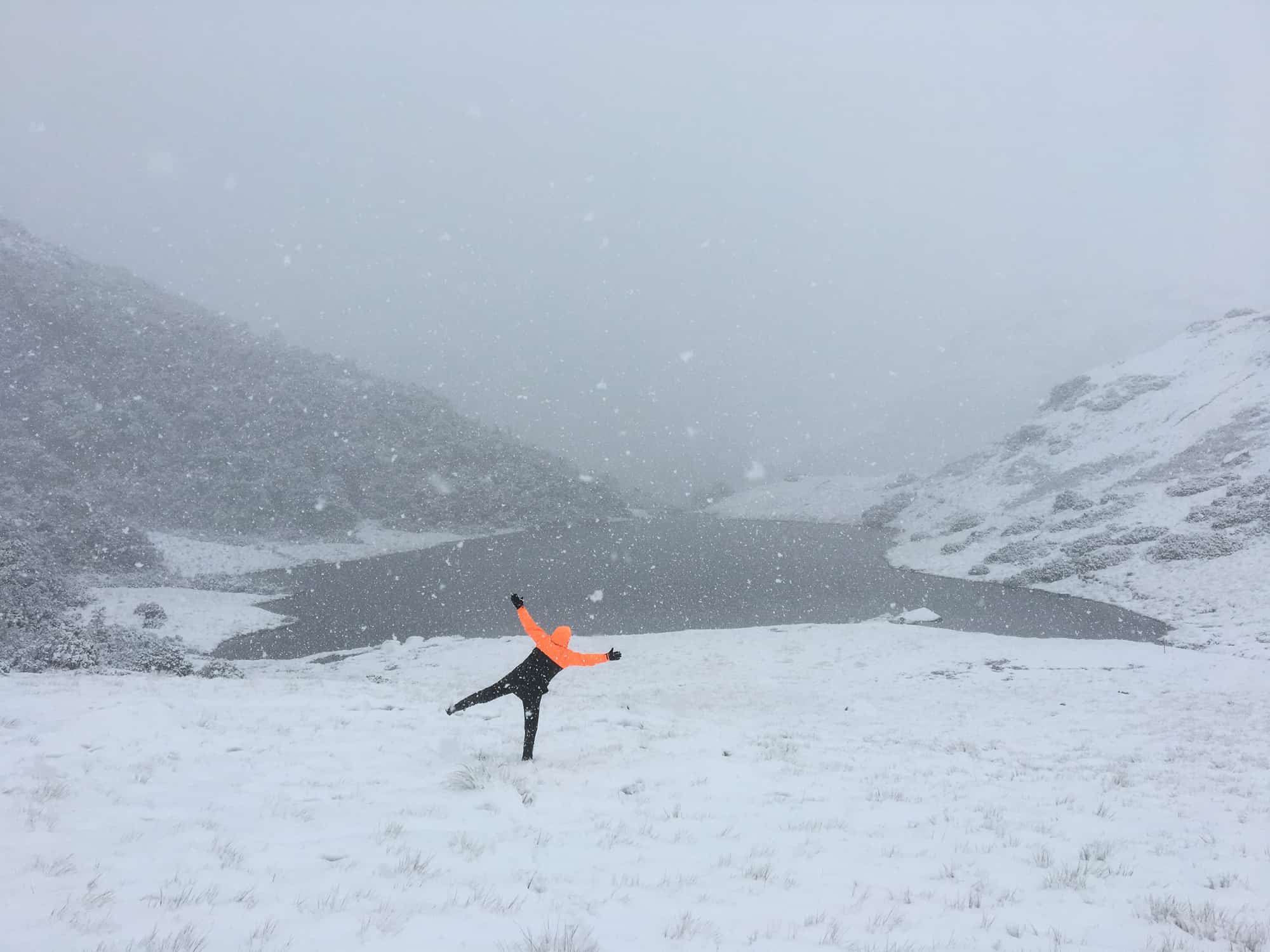
10. Working in this landscape is just as impressive as you might expect and a privilege
Each day I was surprised anew by the drama of my surroundings.
When I first arrived everything was brand new and I was filled with euphoria at finally arriving in a place I had longed to work in for years. This feeling turned into steady appreciation as I came to know and love every contour of this landscape.
I still think back often to that first arrival when I was struck in awe of Fiordland’s beauty. I was wedged in the very outermost corner of the passenger seat of the helicopter and felt that I could almost reach out and touch the passing cliffs and forest.
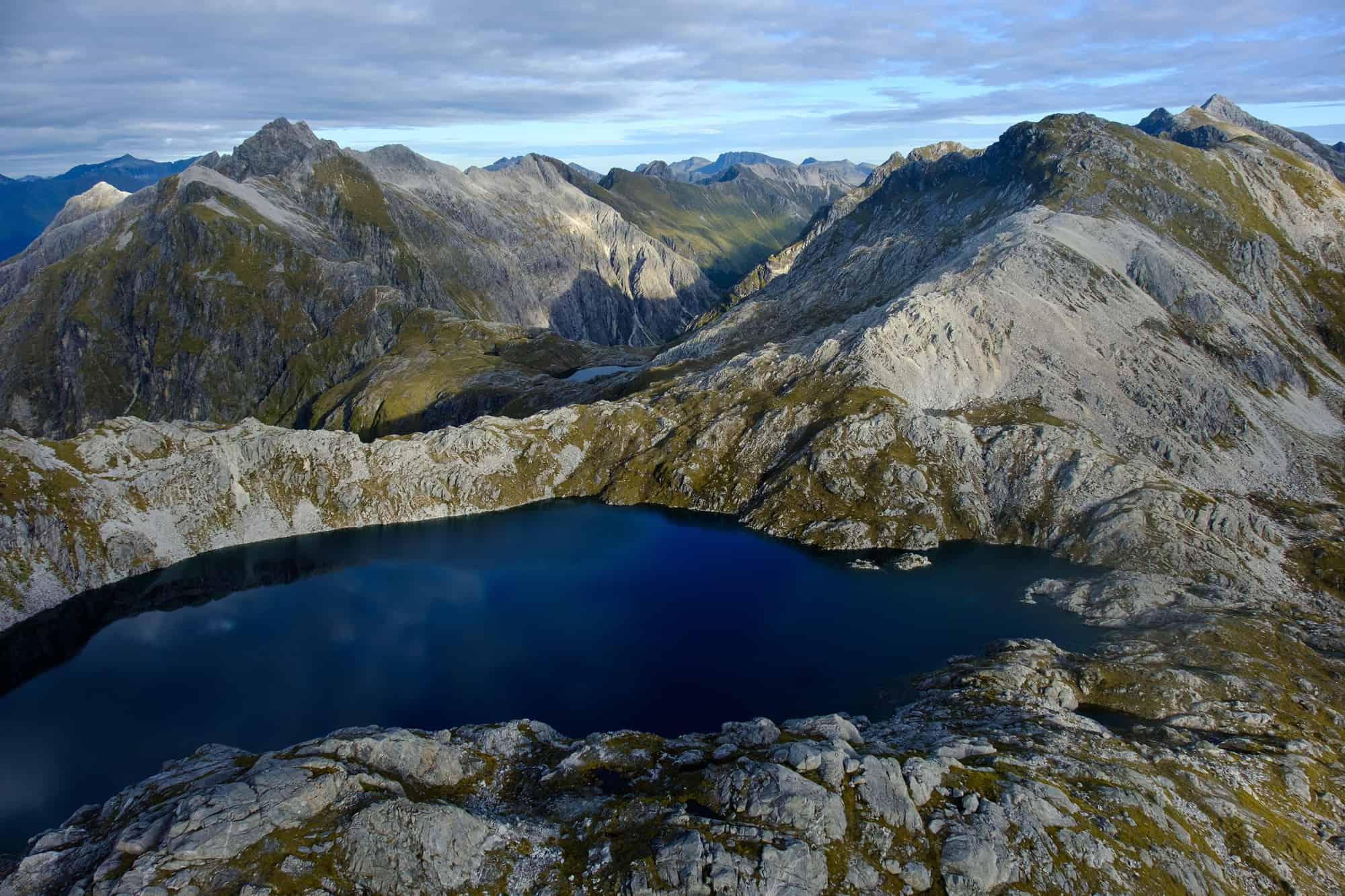
Cloud opened, cloud closed, a view here, a glimpse there: we passed valley after valley of idyllic reflective pools surrounded by the most jagged peaks I had ever seen and multiple-tiered waterfalls dropping from snowy glaciers to deep and perfect pools hidden in silver beech forest.
I remember thinking that I didn’t even know mountains rose that sharply or that cliffs could be that steep or that rivers could snake their way through such magical rock-strewn valleys.
But, it was true. Fiordland is the place where a blend of fantastical reality is possible and from that first journey into Lake Roe I knew that after years of waiting it had been worth every moment to finally arrive.
Through studying the intricate details of this alpine world I became more acquainted with what I love about spending time enveloped in these mountains that capture my attention like none other and living alongside these hardy and persistent birds revealed lessons not only of rock wren but also about myself. After a summer in the wild, I left a more connected mountain enthusiast and more educated student of the natural world.
Have you heard of the rock wren?
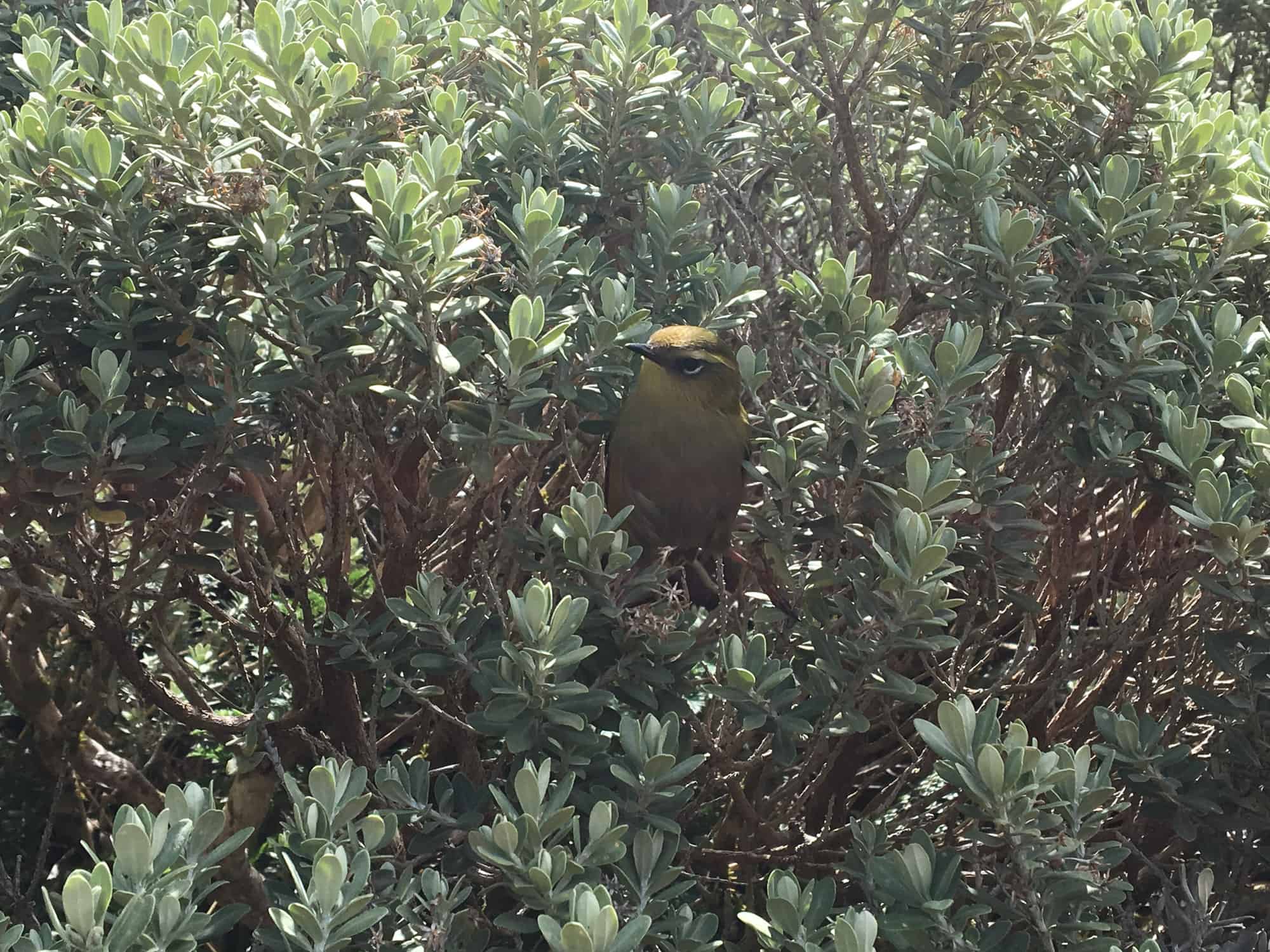
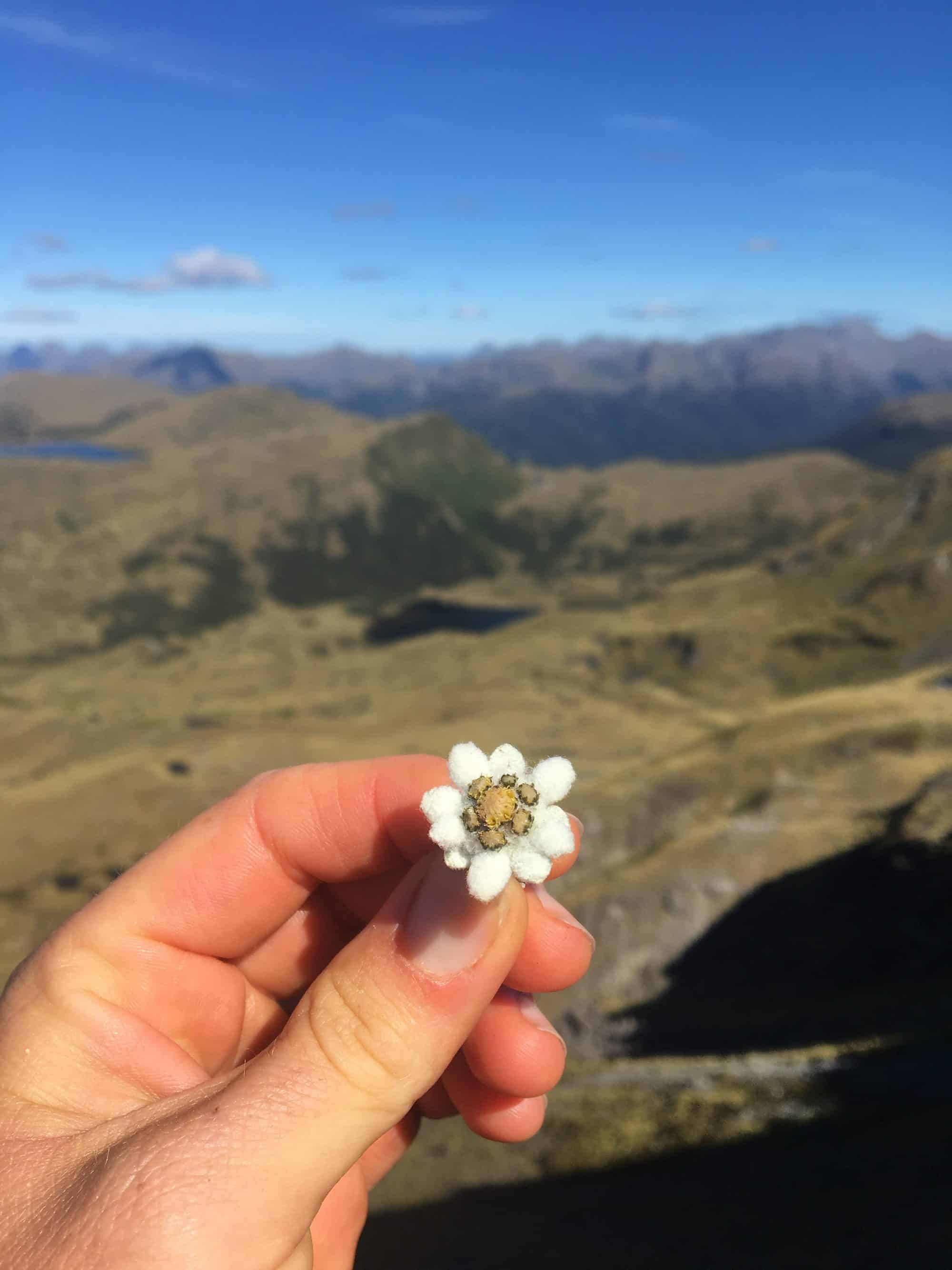
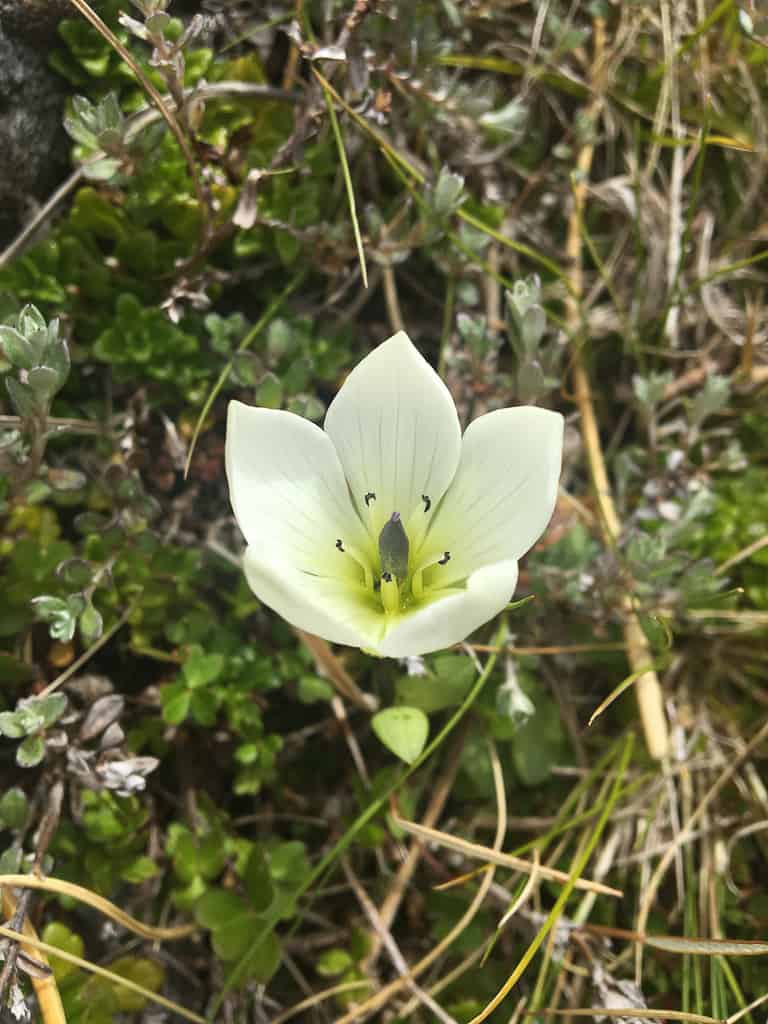
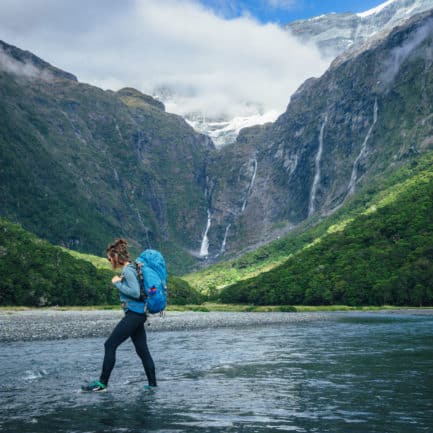
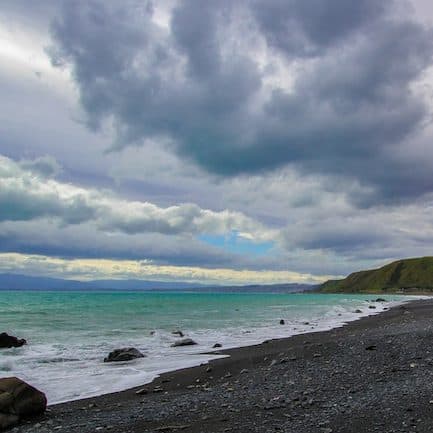
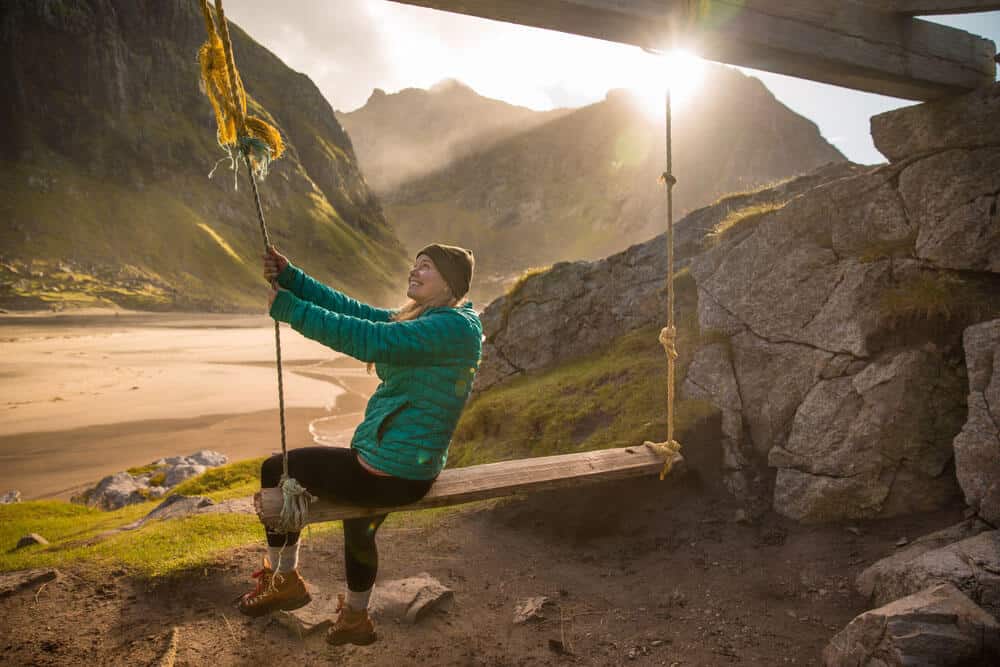
Birds are beautiful always. Lovely read. Keep exploring the world.
Very interesting! I like these kinds of posts, straight to the point and informative. Great adventure. You shared awesome pictures in your travel trip. Thank you so much for sharing this post.
Cheers
It was an amazing photo I do love the birds, flowers, snow and everything.
thanks!
Very nicely written…loved reading it throughout. The captures are lovely.
Thanks for your feedback! Really appreciate it. 🙂